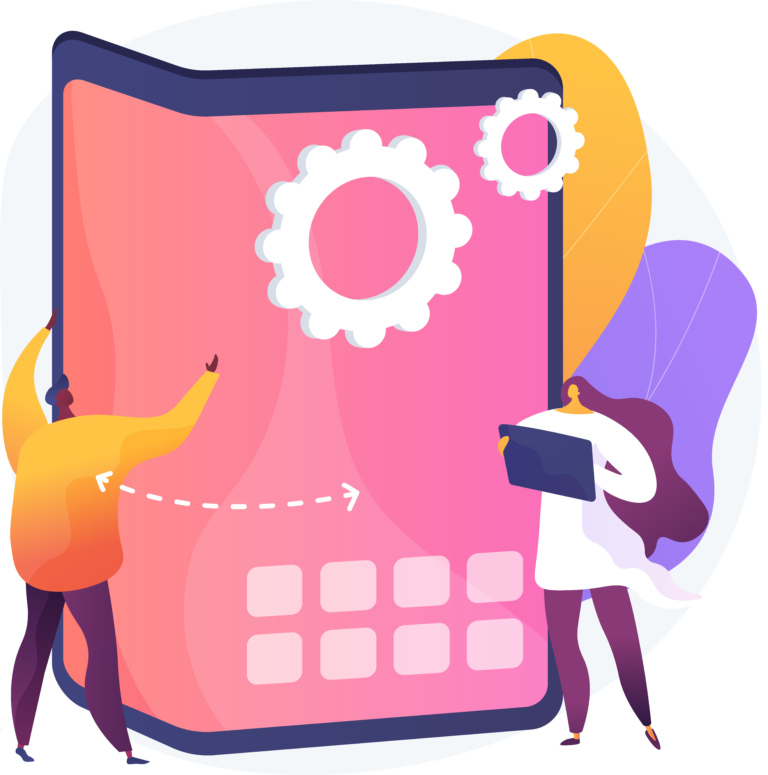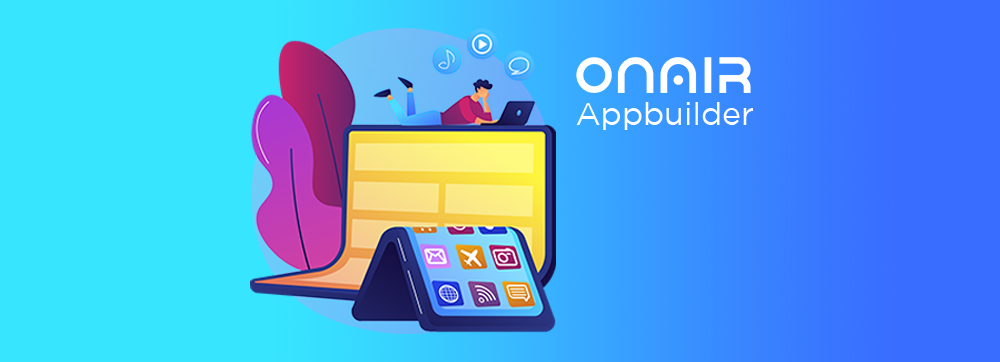Phones, through the last few years, have changed drastically. From flip phones to QWERTY business phones to touch screens, we have seen it all. But currently, foldable smartphones are on the verge of becoming mainstream. Because of their rising popularity. Top smartphone brands like Samsung, Motorola, etc. have already started shifting to foldable smartphones. Since foldable devices are the future of the mobile world, it is high time to delve into the mobile app development for foldable devices.
The mobile applications strategies have now started revolving around foldable devices since they are the new trendsetters. They are the smartest inventions of the era since they allow the users to fold the screens whenever it is not in use, thus improving the user interactions.
Impact of foldable phones on the Development process
The process of building a mobile app for foldable devices changes when it comes to both the design aspect and technical know-how. While it may seem like a flexible UX may solve the problem, but the impact is much larger and needs to be looked at from all angles. To start with, foldable phones will allow developers to create a better and more immersive experience for the users because of the freedom of having a multi-window.
Building mobile apps are different for a single small screen is rather different from planning to develop applications for screens that are foldable. Certain important aspects to consider while building mobile apps:
- Compatible in multi-window mode
- Works optimally with the small screen when golden and large screen when unfolded
- Work seamlessly with a different aspect ratio
- Have an adequate response when resumed in either mode
- Configure to multiple screens at once
- Don’t compromise on quality when switched from a large screen to a small screen and vice versa.
Let’s see how you can build mobile apps ready for foldable screens
Features for mobile applications for foldable phones
Foldable phones provide a more immersive experience than regular phones since they allow you to increase the size of the screen as per your preference and usage. Also, thereby providing a better streaming experience. These phones are also a great bet for multi-tasking since the screens allow multiple displays; simply meaning you can watch a video, chat with a friend, and book tickets all at the same time.
1. Continuity
It is one of the most important features to take into consideration while building mobile apps. The application should follow the continuity to offer the user a better experience in both screen modes. The application should allow the user to seamlessly switch from one mode to another without having to open an app again.
2. Resizability
The applications for foldable mobile phones must be compatible with the large screen as well as with smaller screen essentially. Apart from this, the resizability of the application must be kept into account when creating them. They must be compatible with multi-window mode.
3. Multi-window ability
Since most foldable smartphones and devices have a multi-window feature, the app should be in a way that they run seamlessly in multi-window mode to offer a better user experience. They should be multitasking with multiple screens working at one time should be easy for the user.

4. Multi-resume
This feature is a must-have while building mobile apps for foldable devices. The mobile app must resume as per the user’s requirements when the screen is folded or unfolded.
The Android devices having the version Android 10plus are not facing the issue. All applications in the multi-window mode are resuming without any glitch.
5. Support for multiple screens
While developing for mobile devices, the application developers must consider the compatibility with more than two screens at a time. They can decide on which screen to keep primary and which one to be kept secondary. The application must be resumed according to either of the screen sizes, the text as well as the configuration.
6. Aspect Ratio
Building mobile apps for foldable devices or smartphones must adhere to different aspect ratios for adjusting to multiple devices. Test the application for all the configurations used by the brands for building their foldable devices to offer a seamless user experience and easy navigation. The quality of the applications must remain the same while in multi-window mode as well as they must offer easy resuming.
Developing applications for foldable devices is not that daunting as seems to be. It is just an extension of the already possessed knowledge that requires constant testing for a seamless approach and offering a better user experience.
Building Mobile Apps for Foldable & Large Screen Mobile Devices
The key to building mobile apps for foldable devices is extensive research on the user requirements, solving the problems faced by the customers and testing multiple times to ensure a better ROI. At first, create an app with ON AIR App Builder for smaller screen sizes; learn about the market and then make your grand launch on foldable devices. Start Now!


